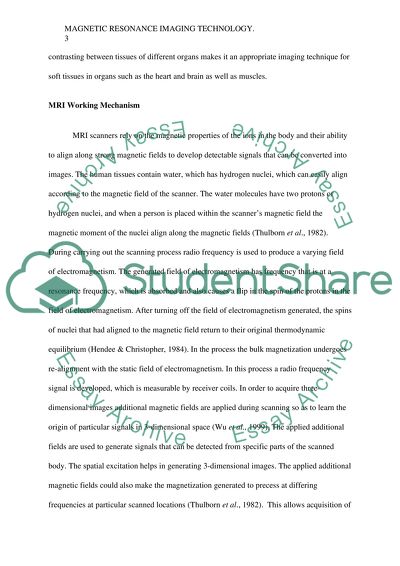Cite this document
(“Magnetic Resonance Imaging technology Research Paper”, n.d.)
Retrieved from https://studentshare.org/health-sciences-medicine/1403229-mri-technology
Retrieved from https://studentshare.org/health-sciences-medicine/1403229-mri-technology
(Magnetic Resonance Imaging Technology Research Paper)
https://studentshare.org/health-sciences-medicine/1403229-mri-technology.
https://studentshare.org/health-sciences-medicine/1403229-mri-technology.
“Magnetic Resonance Imaging Technology Research Paper”, n.d. https://studentshare.org/health-sciences-medicine/1403229-mri-technology.


